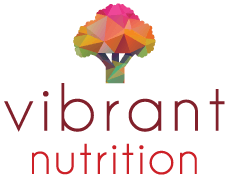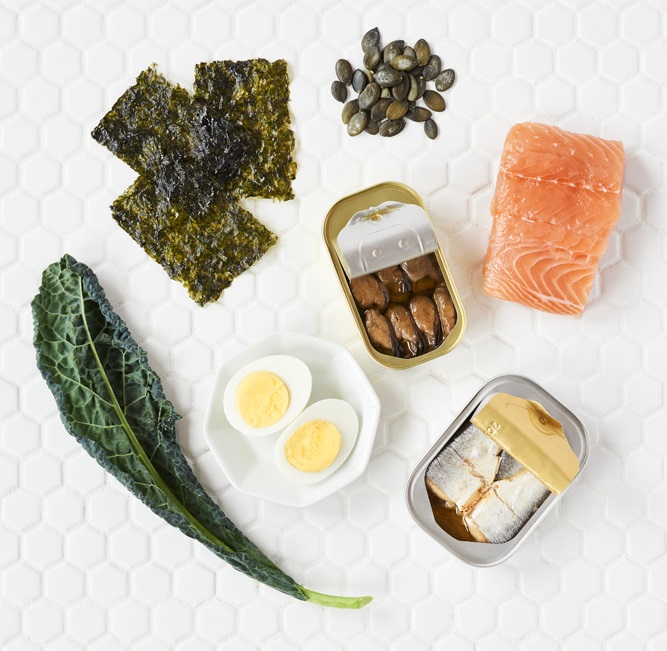February 2nd, 2018
Children & Food Allergies: Are they getting enough nutrients?
So, your child has been diagnosed with a food allergy, and you’re probably panicking a little bit with what seems like “bad news”. It can seem pretty overwhelming, particularly in cases of severe allergies, to think about how to manage feeding your allergy-baby safe and nourishing foods. Now here’s the good news: you can handle this, and it’s possible for your child to eat and grow normally with a little extra care. Though food allergies are on the rise, but are still considered rare, one positive change is that there is much more support for parents than before (our friend AllergyBites, for instance, has some great resources). Schools and daycares are more accustomed to working with these issues as well, and you can find some great tips on keeping your child safe outside the home here.
Cutting out an allergy-food can sometimes mean limiting a major source of nutrients for your child, particularly if they have multiple allergies. It can also be a big change if you grew up or currently eat these foods. Here we look at two of the most common allergens in children, nutritional risk and how to reduce that stress.
Dairy
This is a pretty common one and is a big concern because milk provides a lot of nutrients such as protein, calcium, B vitamins (B12 in particular), Vitamin D and saturated fats that are essential in the infant diet. Fortified soy milk is a comparable alternative in terms of nutrient content, however children who are allergic to dairy are also sensitive to soy until dairy-allergy is resolved. While other “plant-milk” alternatives allow older children to still enjoy their cereal or cookies with milk (although not recommended for children under 2!), they provide very little in terms of protein, healthy fat and vitamins, so it’s essential to supplement the diet with other foods with these nutrients.
What to Substitute
Protein- This is a major concern for many of the major allergy groups, but particularly for younger children who still rely on milk as a major part of their diet. Fortunately, there are many sources of protein, so even if your child has an additional allergy to a protein source such as eggs, fish, nuts or soy, they can still get all they need. Include a variety of meat or meat alternatives such as beans, lentils, peas, whole grains, eggs, fish, tofu, nut butters, etc as tolerated.
Calcium– Dairy and fortified-soy are major sources of calcium, and its important that your child has enough to support their growing bones. If they can’t have one or both of these, you can get calcium from a number of other sources. Calcium is found in spinach, kale, almonds, white, navy or baked beans, canned salmon, mackerel and anchovies, molasses and tahini.
Vitamin D- Your child needs a vitamin D supplement, regardless of diet. In Canada you require supplementation year-round. Foods rich in Vitamin D include; fortified beverages and margarines, dried shitake mushrooms and fatty fish.
B Vitamins- Most of these shouldn’t be an issue with a milk allergy if your child is eating a varied diet of fruits, veggies, and grains. B12 is only present in animal products, however, so if your child isn’t eating any, you may want to talk to a doctor or dietitian about alternatives.
Eggs
Eggs are a tough one because it seems like they pop up in everything. Like milk however, some children can tolerate eggs in baked form. After an initial reaction, you should work with your allergist to trial a baked egg or milk challenge over time. There are tons of alternatives you can use in cooking and baking to simulate the role of eggs (flax seeds, tofu, bananas all work) The main nutrients that eggs provide include protein, iron, Vitamin A, D, E and B vitamins.
What to substitute
Protein– While eggs are a great source of protein, they are definitely replaceable in your child’s diet. All of the options listed for dairy-protein replacements apply, and if your child can tolerate dairy then add in milk, yogurt, and cheese as additional sources. Choline is an essential nutrient for brain health, and egg yolks are rich in this. Working towards challenging your child to tolerate eggs is very worthwhile.
Iron- Iron-rich foods are essential for growth and particularly when transitioning to solids, so it’s definitely concerning when a food allergy limits one of those sources. Iron is found in a variety of meat and plant-based foods, however, so including meat and poultry, beans, lentils, fish and fortified foods.
Other Vitamins– Similar to milk, if your child is eating a generally healthy, balanced diet, then the other major vitamin groups found in eggs shouldn’t be a problem. However, if they’re allergic to dairy as well, definitely consider other sources of Vitamin D, and B vitamins as listed above.
Other Concerns
Having a varied diet using some a the replacements above means your child can still get everything they need for growth and development. Food allergies can be scary and sometimes parents want to err on the side of caution by cutting things out, but a too-strict diet can definitely leave out important food groups. If you’re dealing with multiple allergies or don’t know what to feed your child, talk to a registered dietitian or doctor.
In addition to these, some common food allergens include soy, wheat, shellfish, sesame, etc. For more information on these check out our resource list below, and stay tuned for further blogs on managing food allergies. You can sign up for our mailing list below.
Resources
Common Food Allergens– Government of Canada List of major allergens and all the names they might appear as on ingredient labels
AllergyBites– Allergy-friendly foods, restaurants, and businesses
Living Confidently with Food Allergy– A complete guide on managing food allergies in and outside of the home

